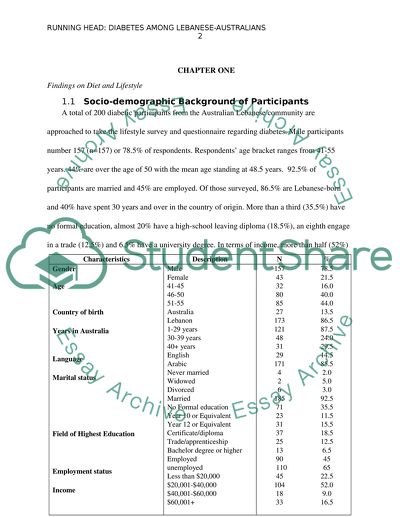Cite this document
(“Quantitative Study on Diabetes Thesis Example | Topics and Well Written Essays - 3000 words”, n.d.)
Retrieved from https://studentshare.org/health-sciences-medicine/1398975-quantitative-study-on-diabetes
Retrieved from https://studentshare.org/health-sciences-medicine/1398975-quantitative-study-on-diabetes
(Quantitative Study on Diabetes Thesis Example | Topics and Well Written Essays - 3000 Words)
https://studentshare.org/health-sciences-medicine/1398975-quantitative-study-on-diabetes.
https://studentshare.org/health-sciences-medicine/1398975-quantitative-study-on-diabetes.
“Quantitative Study on Diabetes Thesis Example | Topics and Well Written Essays - 3000 Words”, n.d. https://studentshare.org/health-sciences-medicine/1398975-quantitative-study-on-diabetes.


